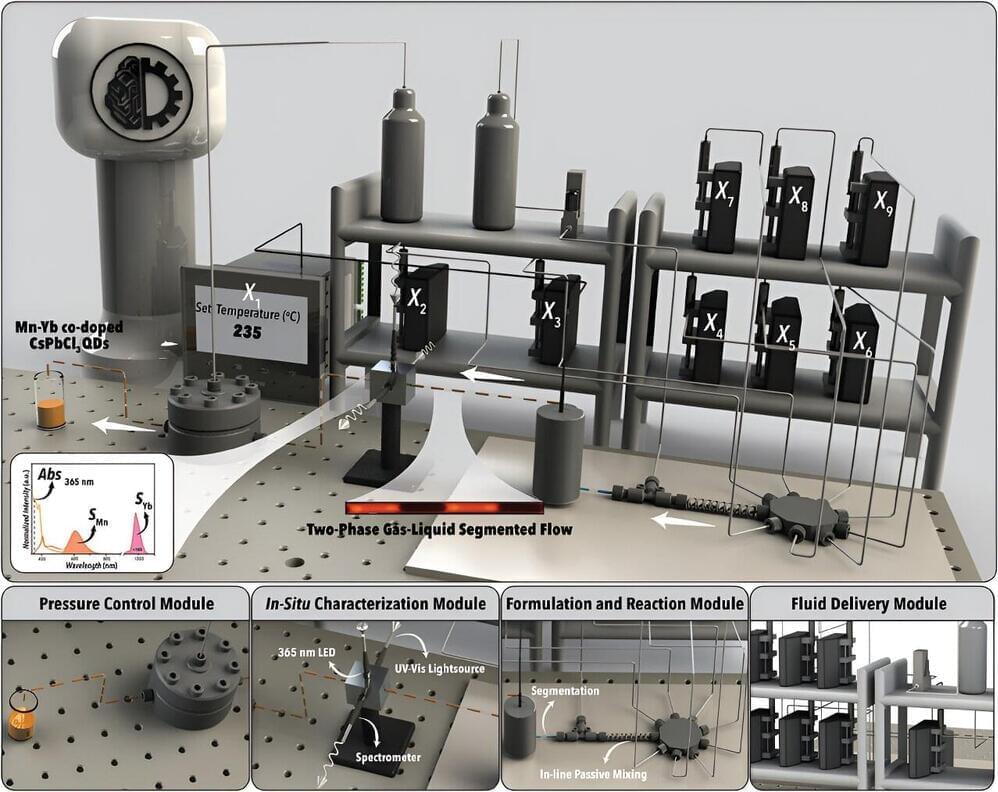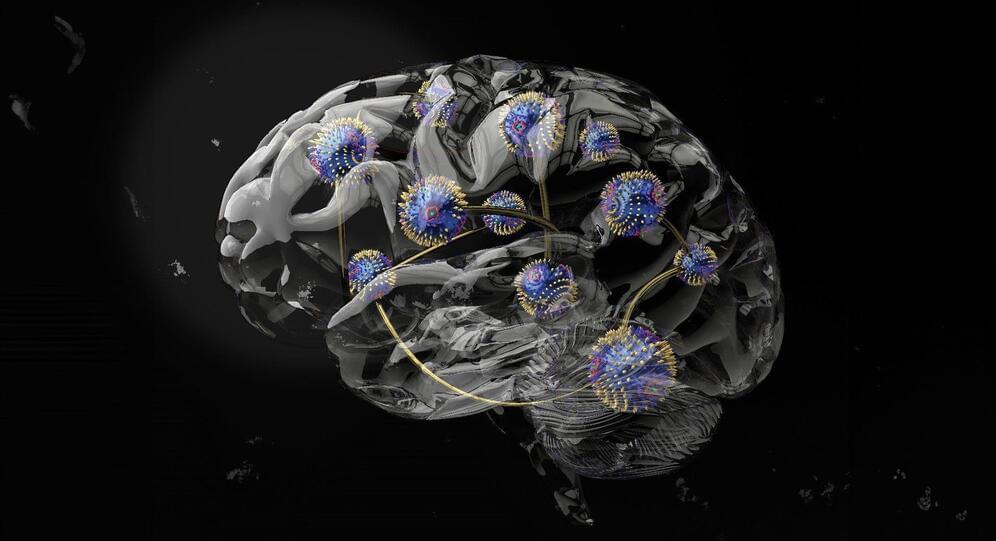The devices are controlled via voice commands or a smartphone app.
Active noise control technology is used by noise-canceling headphones to minimize or completely block out outside noise. These headphones are popular because they offer a quieter, more immersive listening experience—especially in noisy areas. However, despite the many advancements in the technology, people still don’t have much control over which sounds their headphones block out and which they let pass.
Semantic hearing
Now, deep learning algorithms have been developed by a group of academics at the University of Washington that enable users to select which noises to filter through their headphones in real-time. The system has been named “semantic hearing” by its creators.









